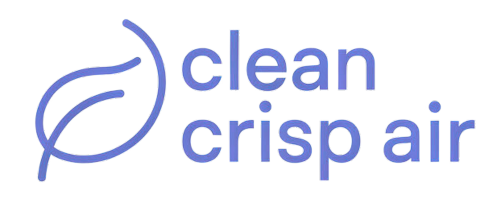Enzymatic cleaners have been around for a long time, and people have used them in many different applications. For example, healthcare facilities use them to clean and decontaminate medical devices and equipment. Also, homeowners use them to clean surfaces and attack bathroom stains and uric acid smells. But enzymatic cleaners are not the same.
Each cleaner has an enzyme that can catalyze one type of reaction and is highly specific to the surface or material you clean. So, what are the different types of enzymatic cleaners and their functions?
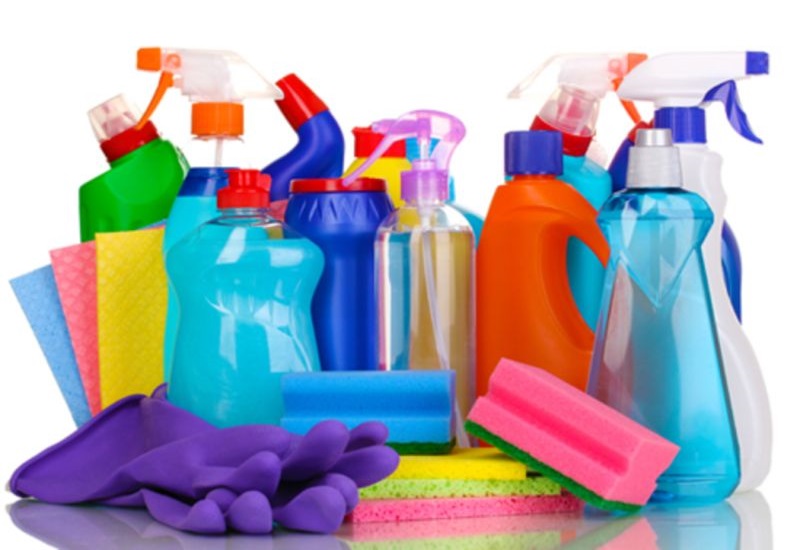
Enzymatic cleaners fall into four main groups based on the types of soils they react with. The first category is for those that can break down protein-based soil, and the second break down fat molecules.
The third group is for enzymes that break down starch molecules, and the fourth is for enzymes that soften the fabric and restore colour to fibres.
So, for example, before buying an enzyme cleaner for urine, you need to know the enzymes used to make the cleaning agent.
Contents
What are the various types of enzymatic cleaners and their functions?
Enzymatic cleaners exist in four different categories:
1. Proteases
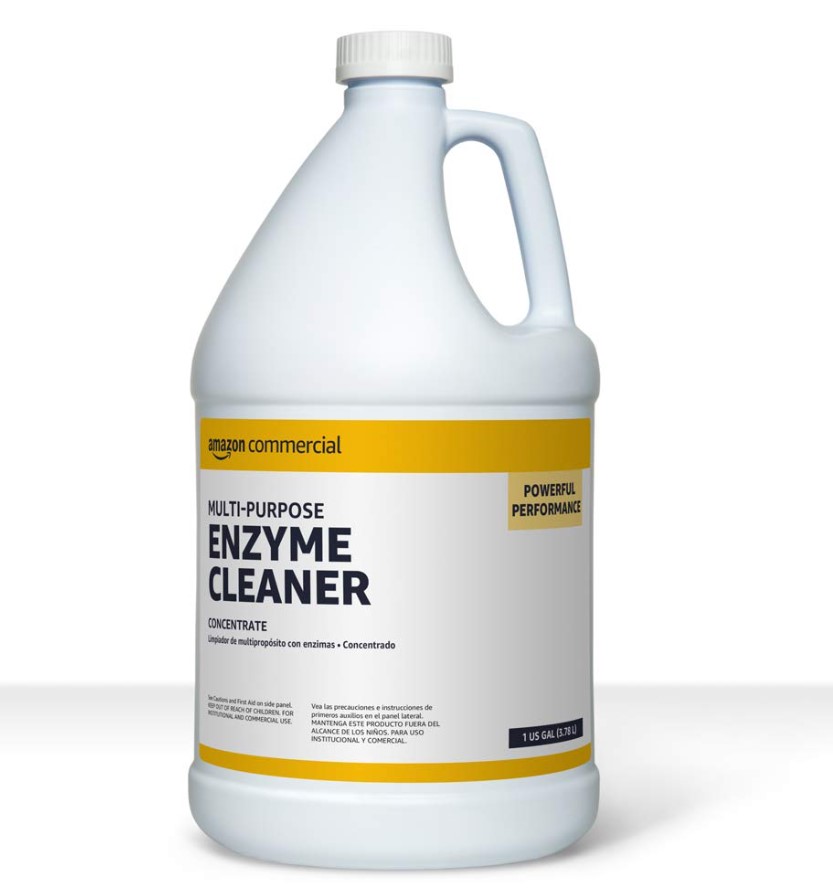
Protease is a naturally-occurring enzyme. The enzyme helps plants grow and develop. Furthermore, it acts as a defence mechanism for plants to fight against disease and pests.
Proteases or proteolytic enzymes work by breaking down protein. The enzymes come from bacteria, fungi, plants, and animals.
Essentially, a protease enzyme cleaner is commonly used in laundry detergents because of its effectiveness on common stains. Furthermore, protease is an excellent enzymatic cleaner that can remove protein stains like food, grass, blood, meat, egg, urine, wine, faeces, and beverages.
2. Lipases
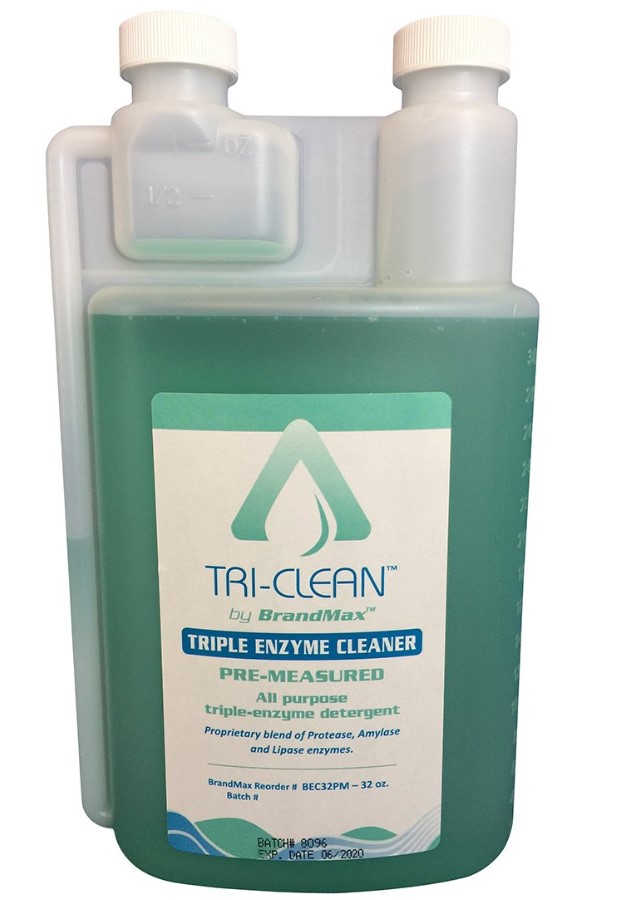
Many detergents have lipase as the main enzyme. The enzyme works by breaking down lipids or fats.
However, they act on a specific location along the glycerol chain to ensure that various lipases target specific types. As a result, the cleaner can clean oils and grease on surfaces and fabrics.
Generally, enzymatic cleaners with lipase as the active ingredient also have surfactants. For example, when washing a cloth stained with oil or grease, the lipase enzyme breaks down fat molecules, and the surfactant attaches to the leftovers. That ensures total removal of the stain from the cloth.
3. Amylases
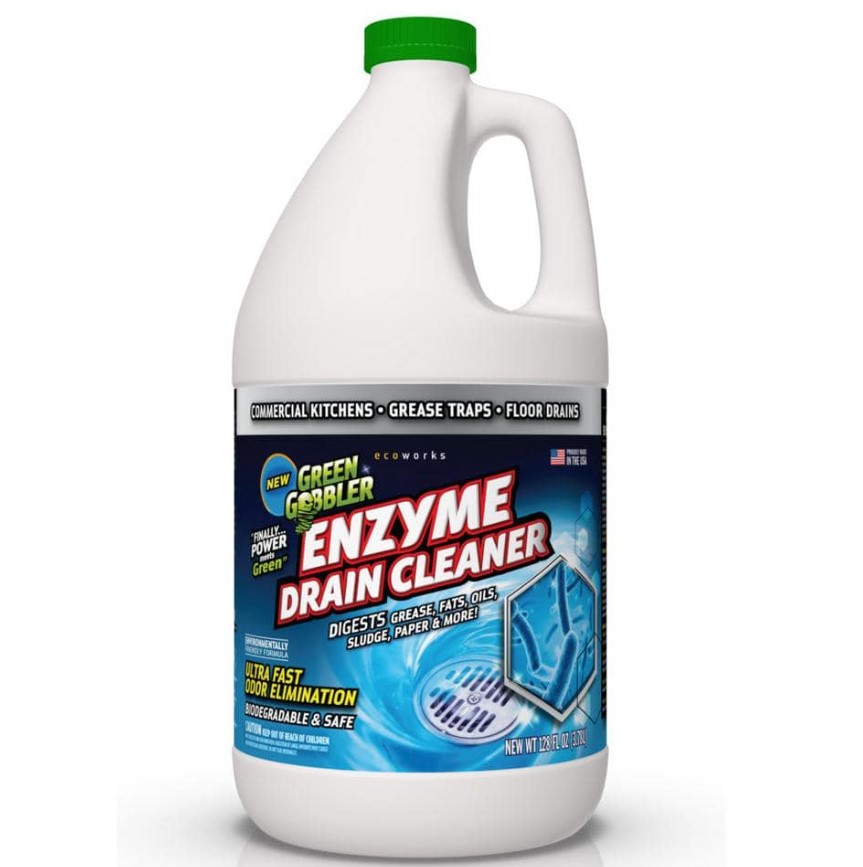
Amylase is a naturally occurring enzyme that increases the breakdown of carbohydrates and starches.
The enzyme is crucial in detergents because of the difficulty in removing starch molecules. Starch molecules contain long chains of sugars that make them challenging for ordinary detergents to remove.
But with amylase, the enzyme cuts down the starch molecules into small sugars. The sugars then get off the surface or fabric within one wash. The importance of amylase in cleaners makes it have many applications.
Industries such as brewing, animal feeds, baking, and distilling, use amylase-based detergents. Homeowners can also use the cleaner to remove starch stains like condiments, pasta sauces, and baby food.
4. Cellulases

Cellulase is a naturally occurring enzyme produced by microorganisms that target cellulose. Cellulose is the main element in vegetable fibres and plant cell walls.
Cellulase-based cleaners are common in the industrial sector, especially in removing excess dye from fabrics. The enzyme can also help maintain the colour of clothes and improve cleanliness.
But sometimes, cellulase-based cleaners do not work alone. Instead, they combine with protease and lipase enzymes to increase the efficacy of stain cleaning. The combination makes the cleaners work as excellent alternatives to bleach.
Are all enzymatic cleaners the same?
Although enzymatic cleaners contain enzymes, they are not the same. Generally, some cleaners can have only one enzyme or a combination of enzymes. Furthermore, the products do not work in similar ways. For example, lipase-based cleaners break down fat molecules like grease and oils.
On the other hand, amylase cleaners break down starch molecules like sugars and gravy, and cellulases soften and restore colour to fibres. And if you want the best enzyme cleaner for human urine or clean protein-based stains, protease cleaners are worth it.
Is vinegar an enzyme cleaner?
Vinegar is not an enzyme cleaner because it does not have an enzyme. However, it can break down stains as well as any enzymatic cleaner. Vinegar combines acetic acid and water made by a two-step fermentation.
The acid in vinegar breaks down stains by adding a charge to the stain’s molecules. As a result, the molecules attract the positive and negative charges, ensuring the stain pulls away from the fabric.
Is bleach an enzymatic cleaner?
Bleach is not an enzymatic cleaner because it does not have an enzyme. Instead, bleach is a mixture of chemicals.
It contains sodium hypochlorite mixed with sodium hydroxide, hydrogen peroxide, and calcium hypochlorite.
Is Lysol an enzymatic cleaner?
Lysol is an enzymatic cleaner. It contains enzymes that come from two plants, Cherry Blossom and Pomegranate.
Pomegranate has proteolytic enzymes, while cherry blossom has invertase, which breaks down the solids into liquids. Lysol can also be used in killing mold.
Is Borax an enzymatic cleaner?
Borax is not an enzymatic cleaner.
Although the white powdery substance is an excellent household cleaner, its main ingredients are boron, sodium, and oxygen. Thus, it does not have any enzymes.
Is Clorox an enzymatic cleaner?
Clorox is not an enzymatic cleaner but bleach. Its ingredients are water, sodium hypochlorite, sodium chloride, sodium carbonate, sodium chlorate, sodium hydroxide, and sodium polyacrylate.
Also, Clorox uses hydrogen peroxide to remove protein-based stains.
Is OxiClean an enzyme cleaner?
OxiClean is an enzymatic cleaner. It contains proteolytic enzymes, which are effective in removing protein-based stains.
Furthermore, the cleaner has surfactants that stir up activity on the cleaning surface to help trap stains and remove them.
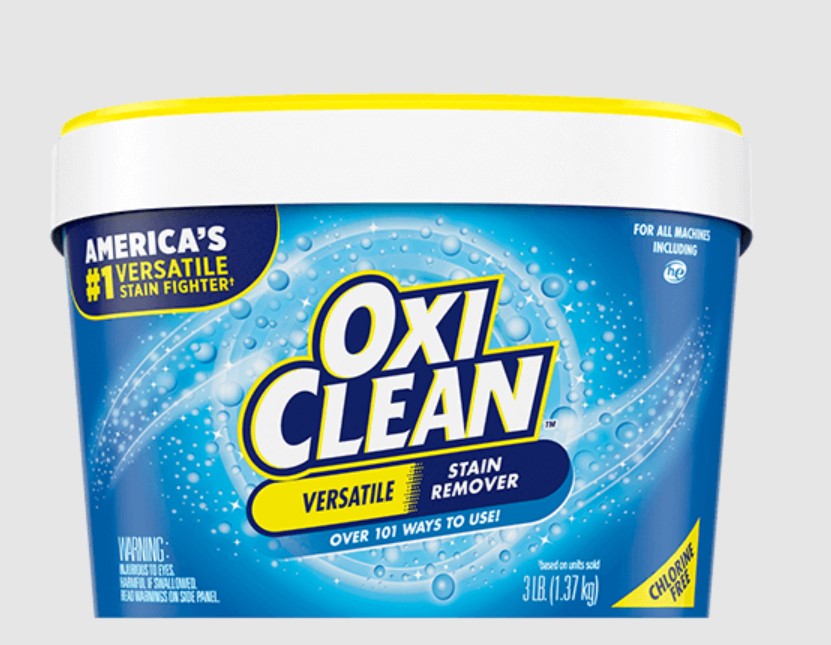
Can I make my own enzymatic cleaner?
You can make a natural enzyme cleaner to clean surfaces or remove fabric stains. An example of the ingredients you will need include brown or sugar, yeast, water, and fresh citrus peel (lemon, lime, grapefruit, and orange can work).
- Mix all the ingredients in a pop bottle and close the top.
- Once the sugar dissolves, open the bottle to remove the in-built pressure. Repeat this step at least three times a day for two weeks by shaking the bottle daily and opening the top to vent.
- Ferment the bottle warmly (at least 35 degrees centigrade).
- Strain the mixture after two weeks.
- Store the solution in an airtight container.
You are now ready to use your enzymatic cleaner.
Conclusion
The four types of enzymatic cleaners are lipases, proteases, amylases, and cellulases. You can clean stubborn stains at home, including urine, oils, greases, and sauces, or soften the fabric.
Also, you can make enzymatic cleaners at home using ingredients like sugar, yeast, water, and fresh citrus peel.
